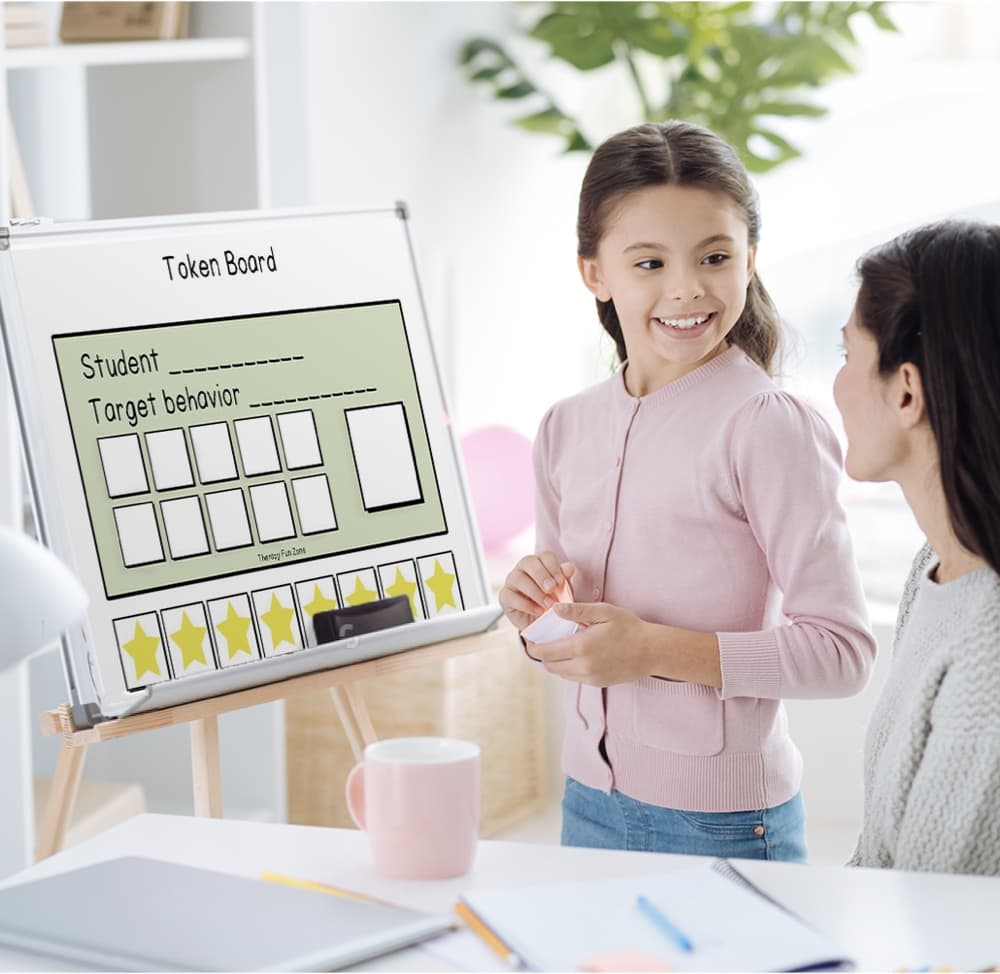The science of comprehensive ABA therapy (Applied Behavioral Analysis) has been studied for over 5 decades. We have come a long way since we first began implementation of the different research and techniques, and today ABA is known as the gold standard in helping children with Autism and other related exceptionalities. Despite the effectiveness of the treatment, there are additional key elements that will play a big role in increasing the chances of your child’s progress.
It takes a village! (Collaboration)
There are so many people surrounding your child’s life. Parents, siblings, extended family members, teachers, and therapist, each with their own relevant roles. Although not necessarily a component of the ABA team, other therapists and teachers involved with your child should also be in communication with each other. This allows for goals of each modality to be integrated and reinforced. We must make sure that we are closely collaborating with people around your child’s environment. For example, if maladaptive behaviors occur while your child is with his or her speech therapist, they can implement the same strategies that the ABA therapist is implementing to address the behavior. As well as if the speech therapist is working on imitation of certain sounds, the ABA therapist can try to create and match replacement goals similarly to those speech goals. Collaboration is an extremely vital component of ABA services, as this will facilitate a more cohesive and successful team.
Commitment
Comprehensive ABA therapy is hard work, for both the family and the child. Consistency and persistence play the most important roles in your child’s progress. We believe that these two will follow when you commit yourself to something. Making the decision to start ABA is something where you must be fully invested. ABA works, but you must work AT it. It should be a part of your daily routine. Think of it like medicine prescribed by your doctor. You will not just take it at the doctor’s office but also at home. Concisely, if we are working on skills that are not being done outside the therapy session, it will be harder for your child to learn these skills thoroughly. Moreover, your child will only be able to do this in one environment. Committing and creating consistency in your child’s environment is the best way to reinforce learning!

Quality Over Quantity
If you are a parent looking for a comprehensive ABA therapy provider, you have probably gone a long way in identifying and advocating for your child’s needs. Conversely, it is our job as ABA providers to ensure that your child is getting the quality of service that he or she requires. To start the process, a Board Certified Behavior Analyst (BCBA) conducts a thorough clinical assessment. This assessment will give the BCBA enough information to make a clinical recommendation as to how many hours would be required for your child to make progress. However, always keeping in mind that no therapy is better than having a bad therapist or team as these can continue to reinforce maladaptive behaviors. The quality of care is critical to the child progress, budling rapport, having certified individuals and consistent supervision makes all the difference.
Environment
Your child’s progress does not depend on him or her alone. His or her environment has also a significant impact. This may include a physical or social environment. A physical environment may include your home, your child’s school, or other community settings. Behaviors are affected by the surrounding environment, taking a deeper look and understanding why some behaviors are happening allows us to modify the environment the help our kids be more successful. For example, your child cries and rips his math homework every time this is presented. We might take a step back and see if the curriculum needs to be adjusted before continuing to move forward. Allowing your child to be successful during math homework and increasing the difficulty level slowly. If your child feels good about successfully completing his/her math homework he/she will be more likely to want to do it again the next time.
Learn more about ABA therapy services we provide. Follow us on Facebook, Instagram, LinkedIn, and Twitter to stay on top of our latest updates.






Leave A Comment